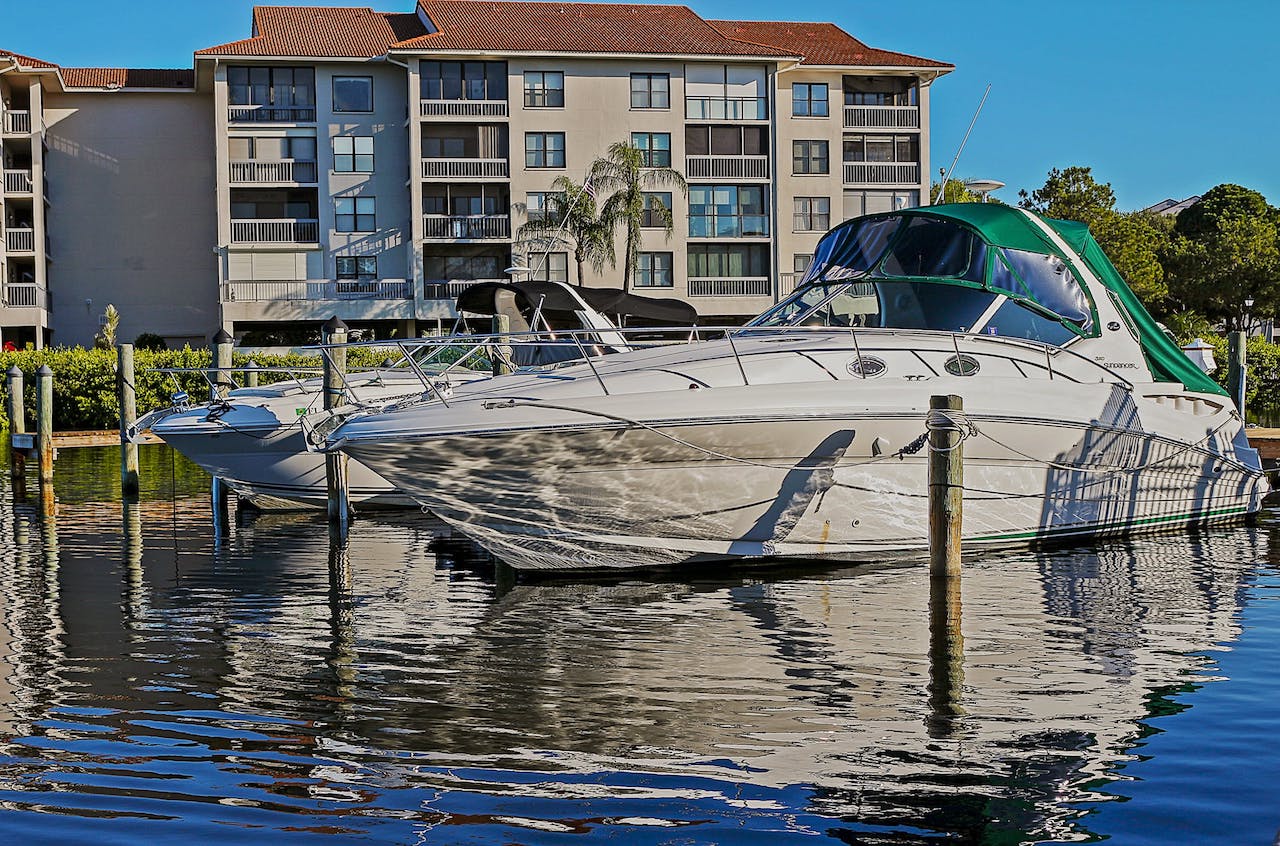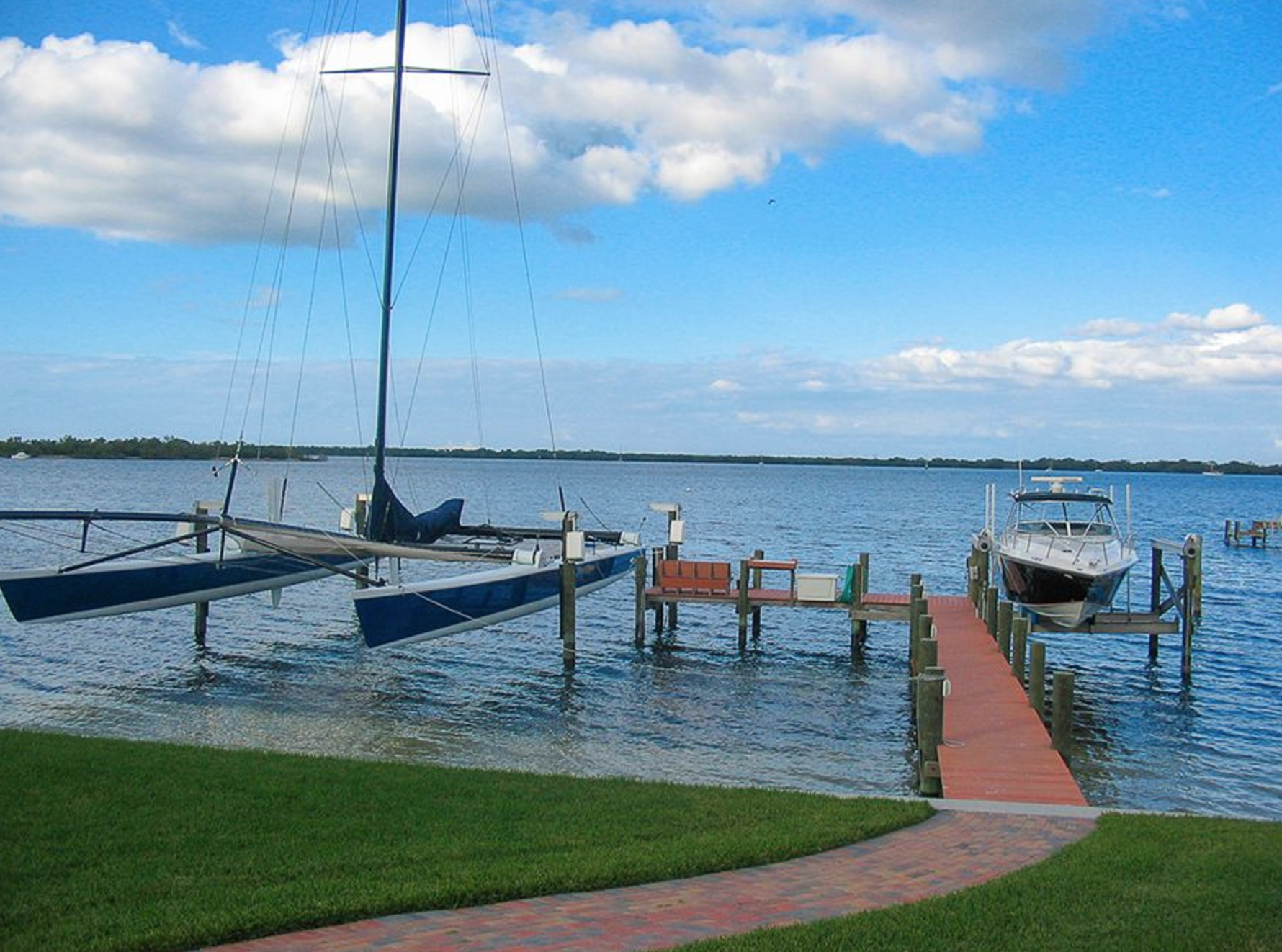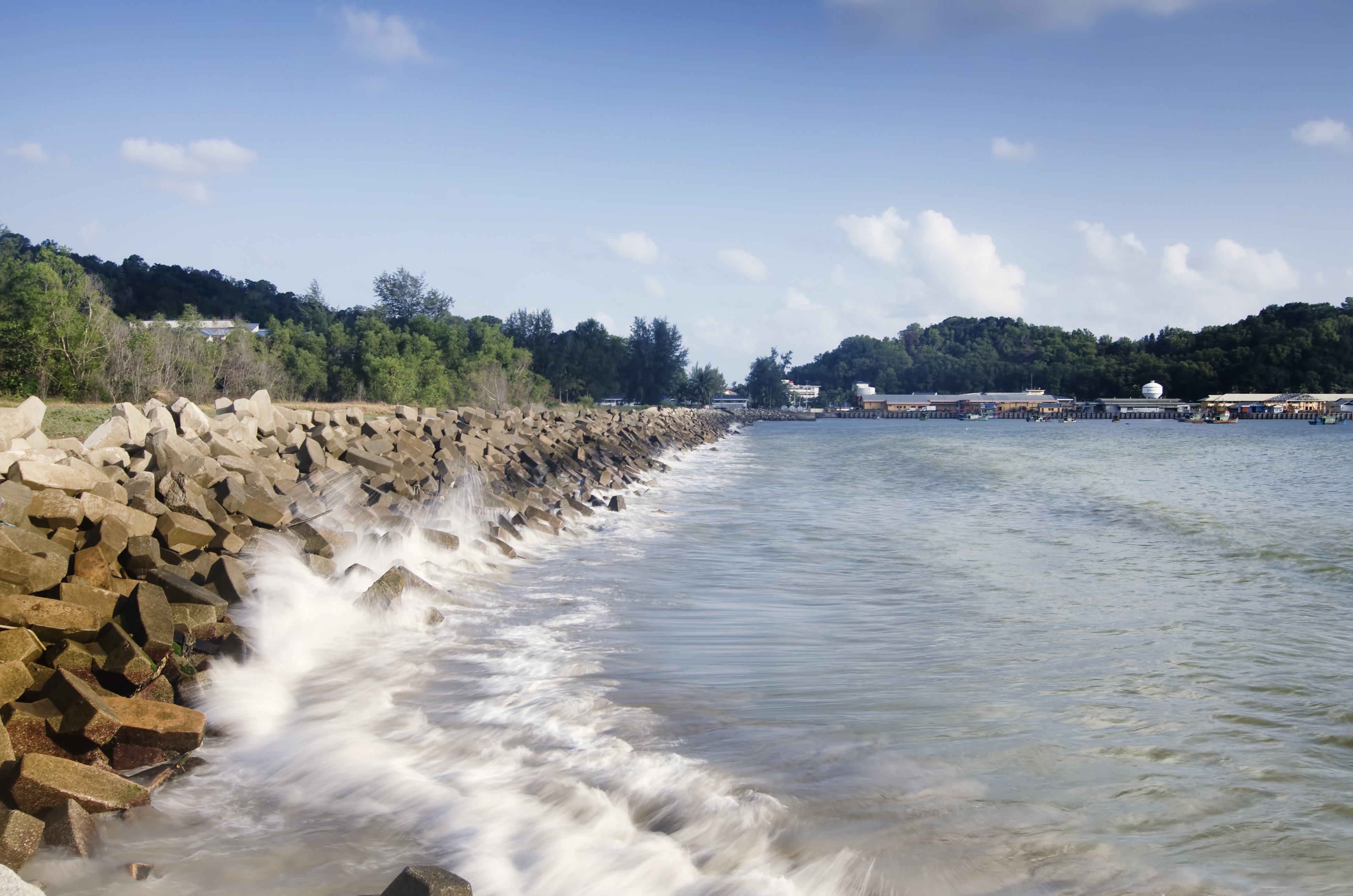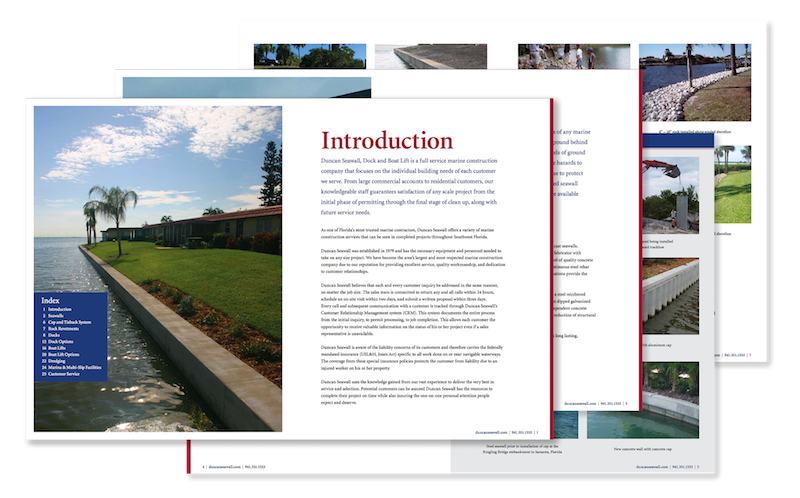While many associate spring lines with a method of securing the boat once it is already docked, a way of limiting fore and aft movement, spring lines can in fact be used for the entire docking process. In fact, when used correctly, spring lines actually provide such an elegant method of docking a boat, that it makes for the perfect way of maneuvering a tight spot and dealing with adverse conditions. It can even provide the same grace as a bow thruster. It's certainly worthwhile learning about the principles that allow such a simple method to be utilized to such great results.
Related Blog: 5 tips on How to Maintain Your Dock in the South Florida Summer Heat
What Exactly Is a Spring Line?
Always running at a diagonal to the length of the boat at an angle that is shallow enough to allow for the possibility of movement, spring lines, when used to limit forward and aft movement are broken into a couple of categories. A forward spring line is actually used to stop aft movement and is tied forward of the boat, while an aft spring line is for preventing forward movement and is tied aft of where the boat is secured.
How Does a Spring Line Work?
Integral to how a spring line operates is the cleat. However it is you are using a spring line, its ability to function to do a task will be determined by which cleat it is placed on, and where that is in relation to where the line is secured on the dock. The cleat will become the pivot point, and all maneuvers undertaken using spring lines will then center around the pivot point created by the selected cleats. Any cleats can be used, whether on stern, bow or midship.
When the spring line is in use, the force of the propeller then causes the boat to pivot around the point where the line is attached to the boat. It is on this movement that all maneuvers using spring lines are based.
Let's take a quick look at two very useful maneuvers that can be accomplished with spring lines:
Leaving the Dock
Let's imagine a scenario where the winds are against a boat jammed into a tight space with another boat in front. By using a forward spring line, tied at the stern of the boat and secured to the dock forward of midship, the line will keep the aft of the boat stationary. This will be the pivot point, as the rudder closer to the dock will propel the bow of the boat to pivot away from the dock. The bow will turn out, against the wind, while the stern stays still, as it is the stationary pivot point. It's a good idea to have a crew mate act as fender with the boat in front, but it's possible to do this tricky maneuver with nothing more than a single nylon line.
Docking in Tight Spots
This works slightly differently than other spring line methods. When the line is attached, it's not fastened around the cleat as a fixed point, but instead looped under, allowing the crew to make any last minute adjustments and to use the line as a point of control. The line should be looped to the bow cleat closest to the dock.
The boat should begin alongside the boat that is directly behind the spot where it is being docked. Entering the spot at a 45 degree angle, the prepared line at the bow should be handed to a person on the dock to be attached to a cleat that will be close to the stern of the boat when it will be in its final docked position. The spring line is then used to slowly rotate the bow of the boat into the space. Once this is completed, and the boat is fully secured at the bow while clearing off, the stern of the boat can be brought close to the dock by carefully using the throttle.
Whether you're looking for a method to completely replace thrusters or just want to educate yourself so you always have a back-up plan in the case of equipment failure, it's worth learning the different maneuvers you can accomplish with spring lines. Practice in easy conditions first until you've mastered the move. Having this tool at your disposal is one reason to keep cleats up-to-date and in good condition, spaced regularly around your boat, and also to always have available a nylon rope that is longer than the length of the boat by several feet.










